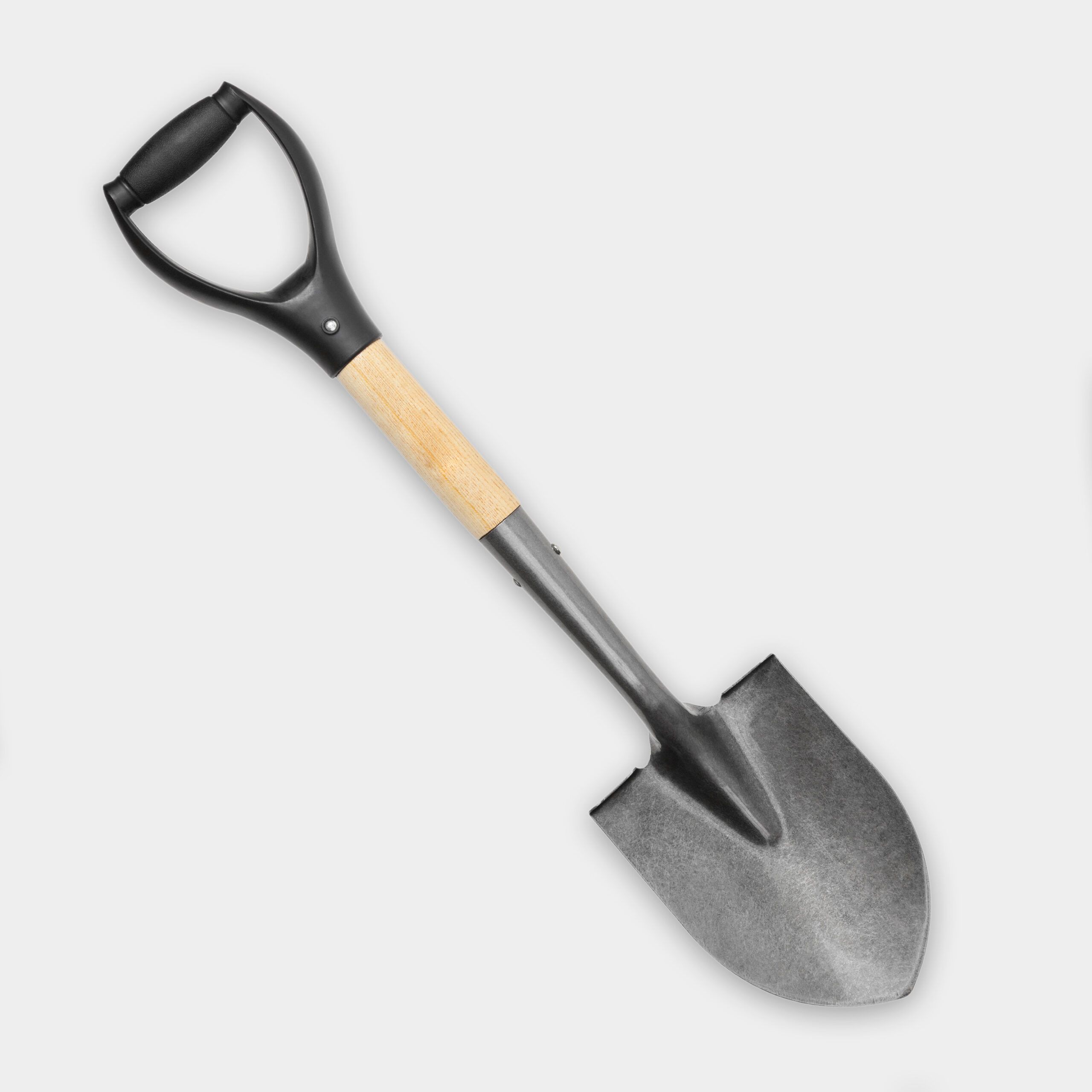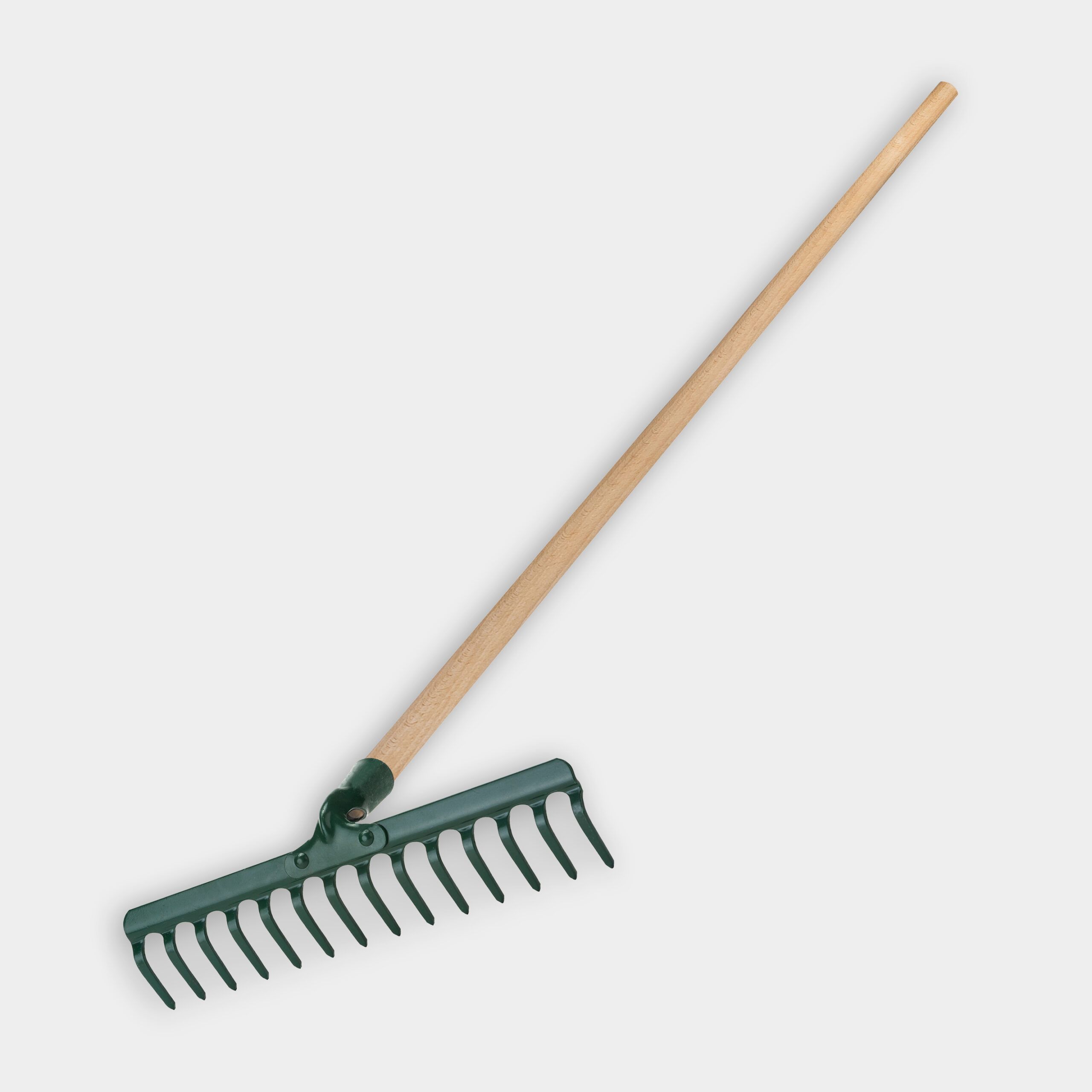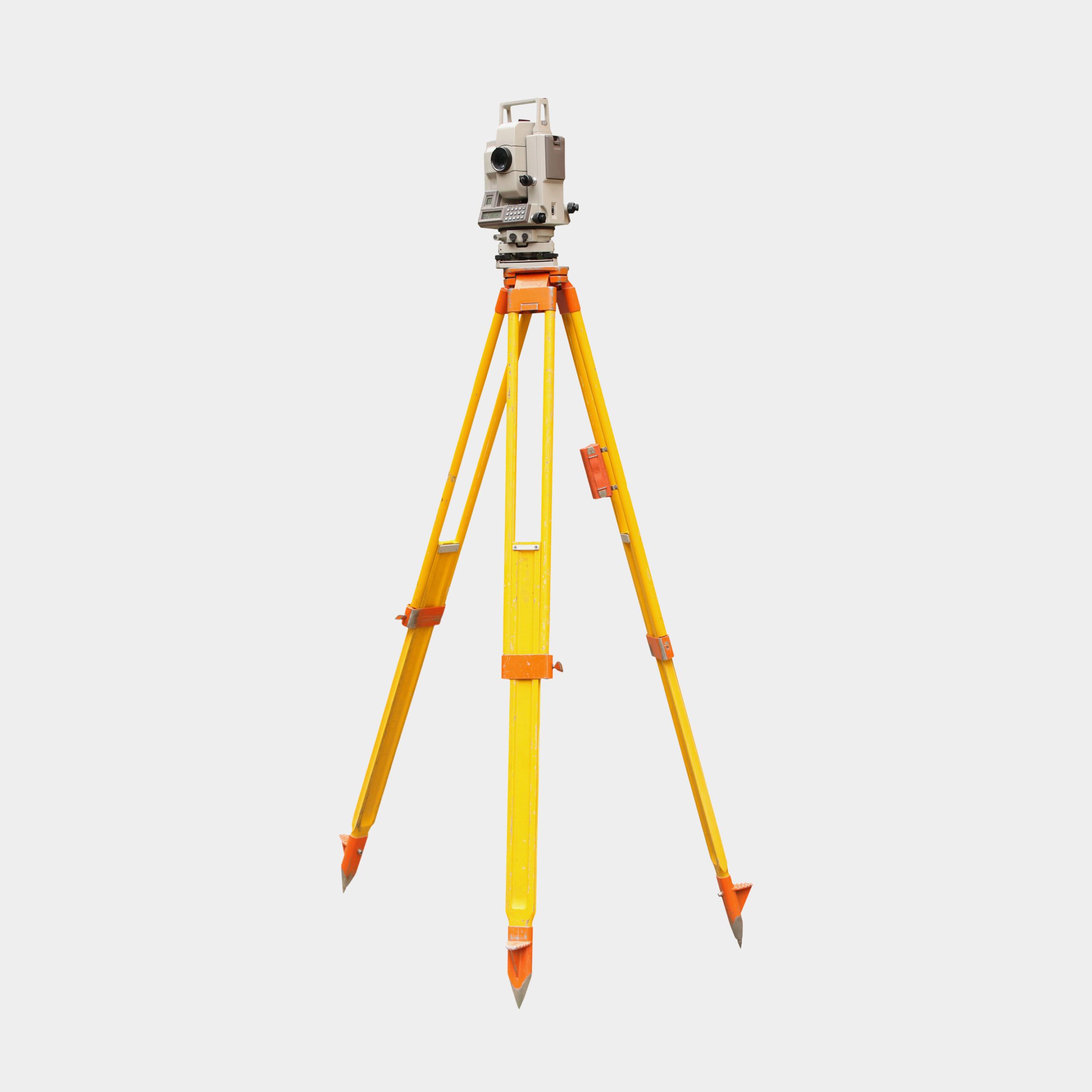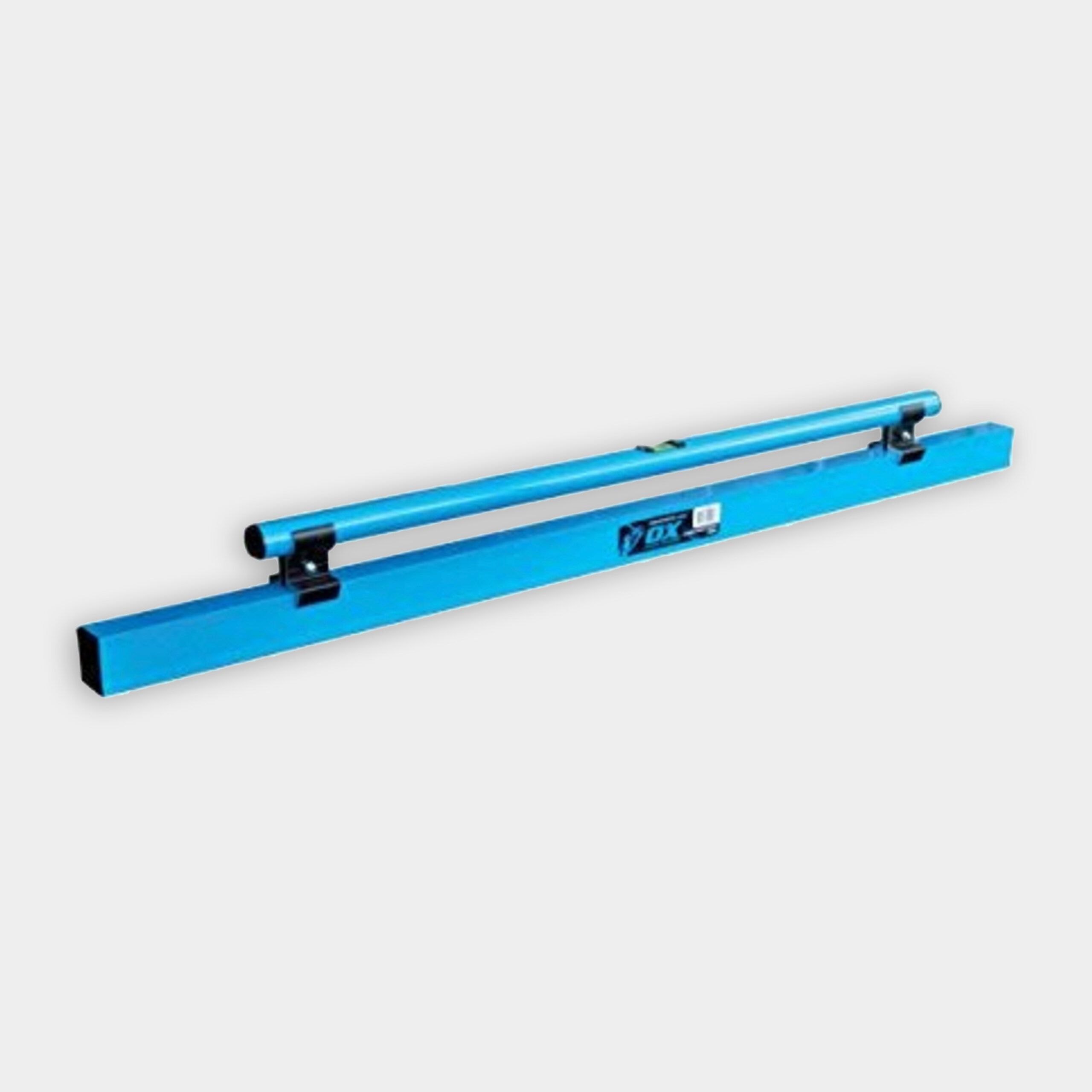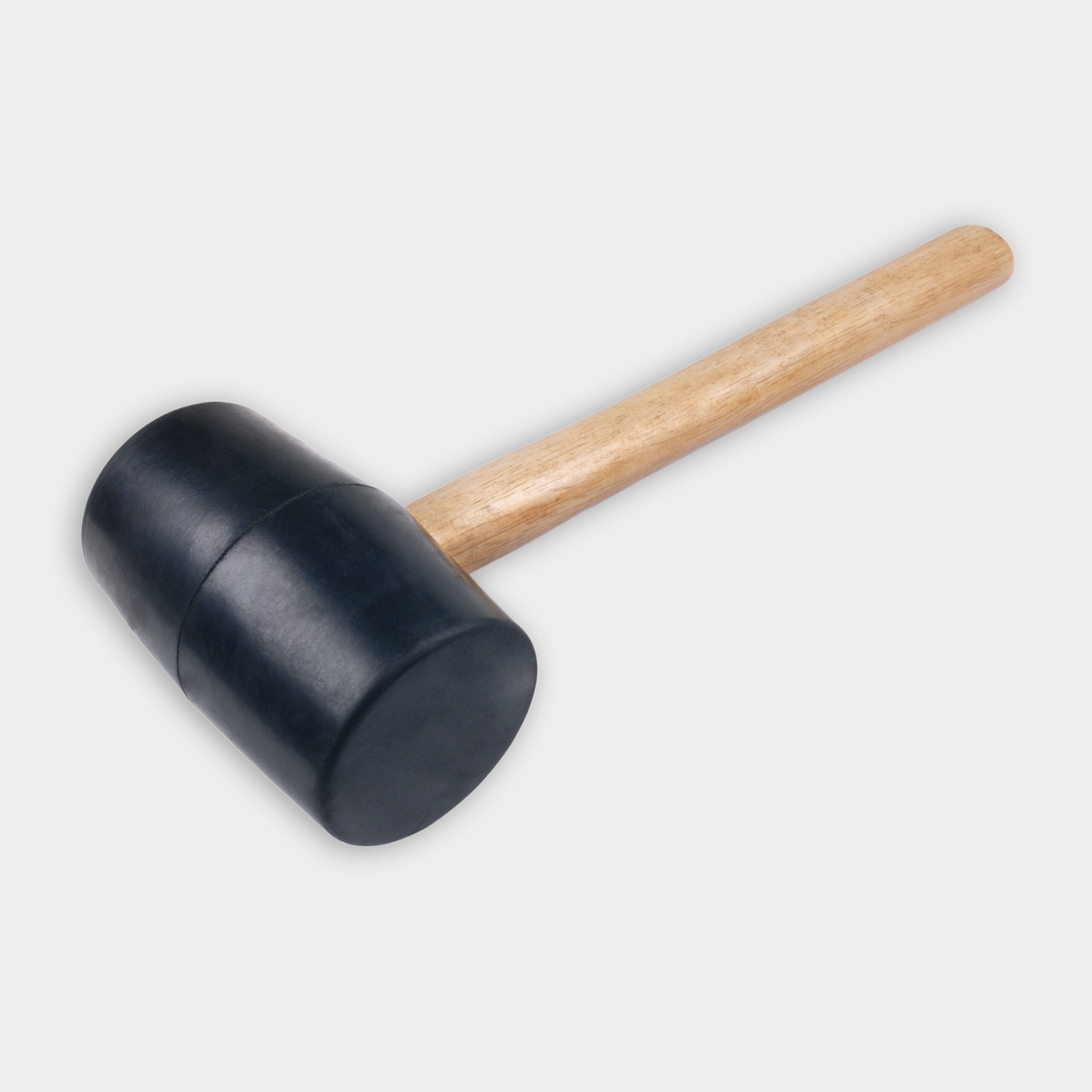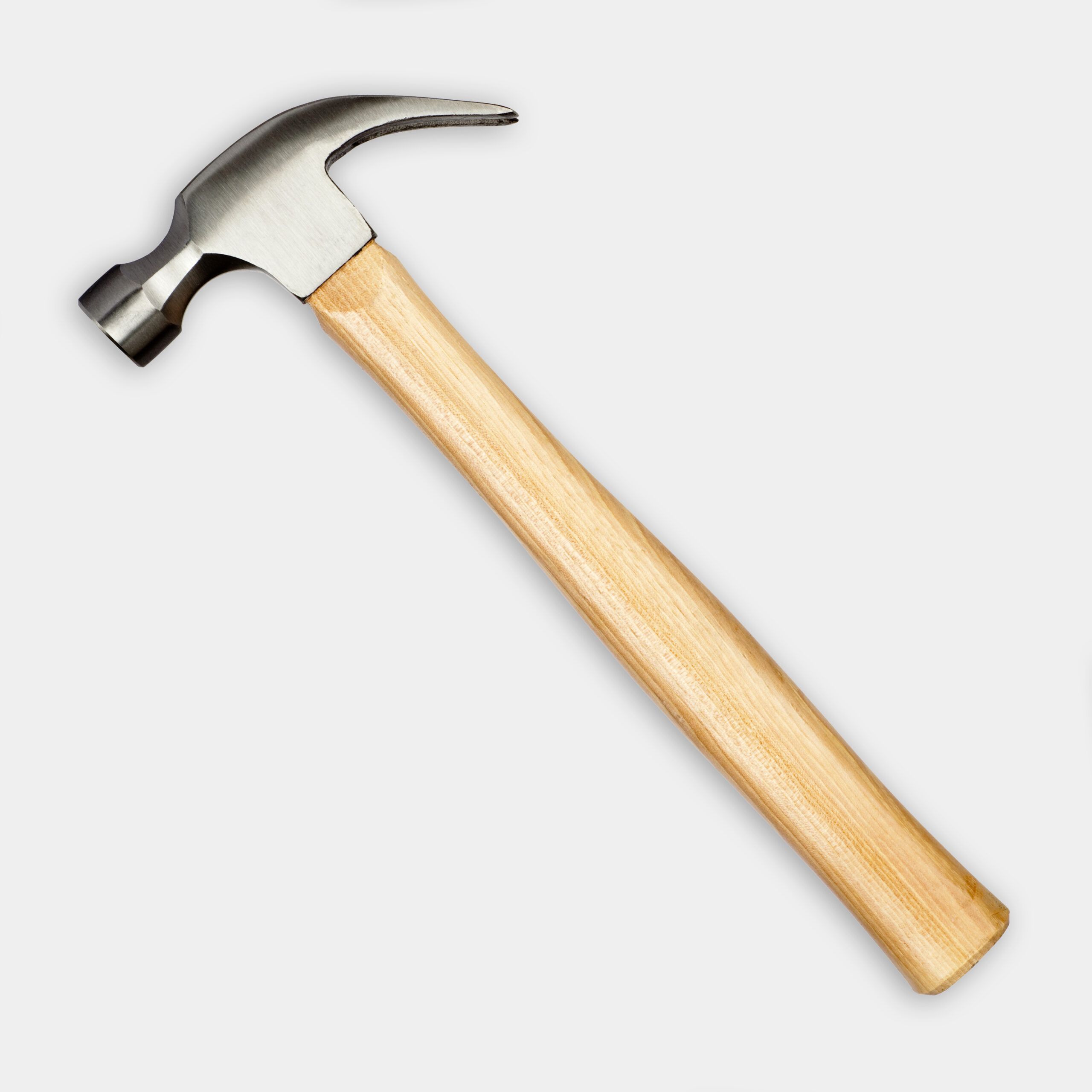We may be compensated if you purchase through links on our website. Our team is committed to delivering honest, objective, and independent reviews on home products and services.
Project details
Skill
Cost
Estimated Time
Building a circular patio with a fire pit can turn your outdoor space into a cozy gathering spot for family and friends. This project requires skill and effort, but the result is a beautiful backyard addition. In the video above, This Old House landscape contractor Roger Cook shows us how to build this outdoor feature.
Preparing the Patio Site
A well-prepared site prevents problems such as uneven settling and poor drainage, which can damage your patio’s integrity.
Remove Existing Grass
The first step is to remove the existing grass from the area you’re putting your patio. Do this using a shovel or a gas-powered turf cutter. A turf cutter can make the job easier and faster, especially for larger areas. Remove all plant material to avoid any regrowth that might affect the patio’s base.
Create a Stable Base
Once you’ve cleared the area, it’s time to create a stable base for your patio:
- Spread a 2-inch layer of crushed stone mixed with sand over the cleared area. This mixture provides a sturdy, yet flexible, base that can withstand various weather conditions.
- Use a garden rake to smooth out the mixture, creating an even surface. This step is important for a flat and level patio.
- Compact the base layer using a plate compactor to create a solid foundation. Compacting the base reduces the likelihood of shifting and settling over time.
Additional Considerations
Lay a landscape fabric between the soil and the crushed stone base. This fabric helps stop weed growth and stabilizes the soil, upholding the patio’s integrity over time.
Laying Out the Patio
With the site prepared, you can lay out your circular patio. You’ll need to carefully plan the patio’s dimensions and alignment, as a poorly laid-out patio can cause water pooling and structural issues.
Mark the Circle
To create a perfectly round patio:
- Have a helper hold one end of a tape measure at the center of the planned patio area. This center point will help keep a consistent radius.
- Extend the tape to your desired patio radius. Aim for a radius that includes seating space.
- Use line-marking spray paint to outline the circle on the ground. This lays out an accurate circular shape for your patio.
Set the Grade
Grading is extremely important for drainage. Use tools to set the grade for precision, making sure water flows away from the center and off the patio edges. This eliminates standing water, which could damage the patio surface and foundation.
- Set up a transit to shoot a level line across the patio area. This line will guide the screed rails’ placement.
- Place aluminum screed rails according to the level line, making a slight slope for drainage. The slope should be consistent across the patio surface.
- Adjust the rails so that there’s a 1 1/2-inch drop across the patio’s diameter. This slope will help rainwater flow away from the patio center, preventing pooling.
- With the screed rails in place, use a long screed to scrape the sand level with the screed rails.
- Pull out the screed rails and fill the voids with a stone-and-sand mixture.
If your area is prone to heavy rainfall, consider drainage solutions like French drains or permeable paver systems.
Installing the Pavers for the Patio
With the layout complete, you can begin installing the pavers to create your circular patio. This step requires attention to detail and patience for a professional-looking finish.
Start from the Center
Begin the patio installation by placing the center paver.
- Set the first paver in the exact center of your marked circle. This paver will be the anchor for the entire design.
- Surround this center paver with the first row of patio blocks. Each block should fit snugly against the next to keep the circular shape.
- Continue setting pavers in a radial pattern, working outward from the center. This method helps maintain a uniform appearance throughout the patio.
- Use a rubber mallet to tap the pavers into place, making sure they’re level and tightly fitted together. Check regularly that the surface remains even and adjust as necessary.
Create a Border
To add a design and define the edge of your patio, you can install a decorative border. Borders can accentuate the patio’s shape and provide a polished look:
- Install a contrasting border using light-colored pavers around the perimeter. This can create a beautiful frame for your patio.
- Secure the edge with flexible plastic edging, held in place with 8-inch galvanized spikes. This edging prevents the pavers from shifting and keeps the patio’s shape.
Use various paver shapes and colors to create patterns that you like.
Additional Tips on Paver Installation
Interlocking pavers can be a great choice for added stability. Spacers can also create consistent gaps between pavers, which will later be filled with polymeric sand to lock them together and keep weeds from growing.
Building the Fire Pit
The fire pit serves as your patio’s focal point, providing warmth and ambiance for gatherings.
- Lay out the first course of fire pit pavers in the patio center. Arrange them in a circular pattern that fits the overall design.
- Remove one circular row of patio pavers to accommodate the fire pit base. Check that the base area is clear and level to support the fire pit’s structure.
- Set the first course of fire pit pavers directly on the stone-and-sand base. The base layer should be solid to prevent shifting.
- Continue stacking courses of fire pit pavers, overlapping joints for stability. Each layer should be staggered to increase strength.
Use the rubber mallet to make sure each course is level and even. Consider using fire-resistant adhesive between layers for added stability and safety.
Safety Considerations
Check that your fire pit design adheres to local regulations and codes. Keep flammable materials away from the pit and consider installing a fireproof mat.
Finishing Touches for Your Patio
The following finishing touches will tie your entire patio project together and make your space more functional.
Fill the Joints
Filling the joints between pavers helps lock them in place and prevent weed growth. This is key for maintaining the patio’s appearance and durability:
- Pour polymeric sand over the entire patio surface. This special sand binds together when wet, filling the gaps securely.
- Use a push broom to sweep the sand into the joints between pavers. Be thorough to make sure all gaps are filled evenly.
- Run the plate compactor over the patio to vibrate the sand deep into the joints. This will spread the sand evenly so it settles correctly.
After compacting, lightly mist the patio with water to activate the polymeric sand. Allow it to dry completely to form a solid barrier against weeds and shifting.
Add Seating
Adding a curved seating wall creates an inviting space for relaxation. Here’s how to do it:
- Set concrete pavers along one portion of the patio to form the wall. Plan the wall’s curve to complement the patio’s round design.
- Use concrete adhesive between layers for added stability. This strengthens the wall, making it safe for seating.
- Finish with decorative columns at each end of the seating wall for a polished look. These columns can also serve as additional seating or tabletops.
Additional Fixtures
Consider adding outdoor lighting, cushions or seating pads for comfort, potted plants, or a built-in grill station. These can create a versatile, multifunctional space that you can enjoy year-round.
Tools
 Plate compactor
Plate compactor
